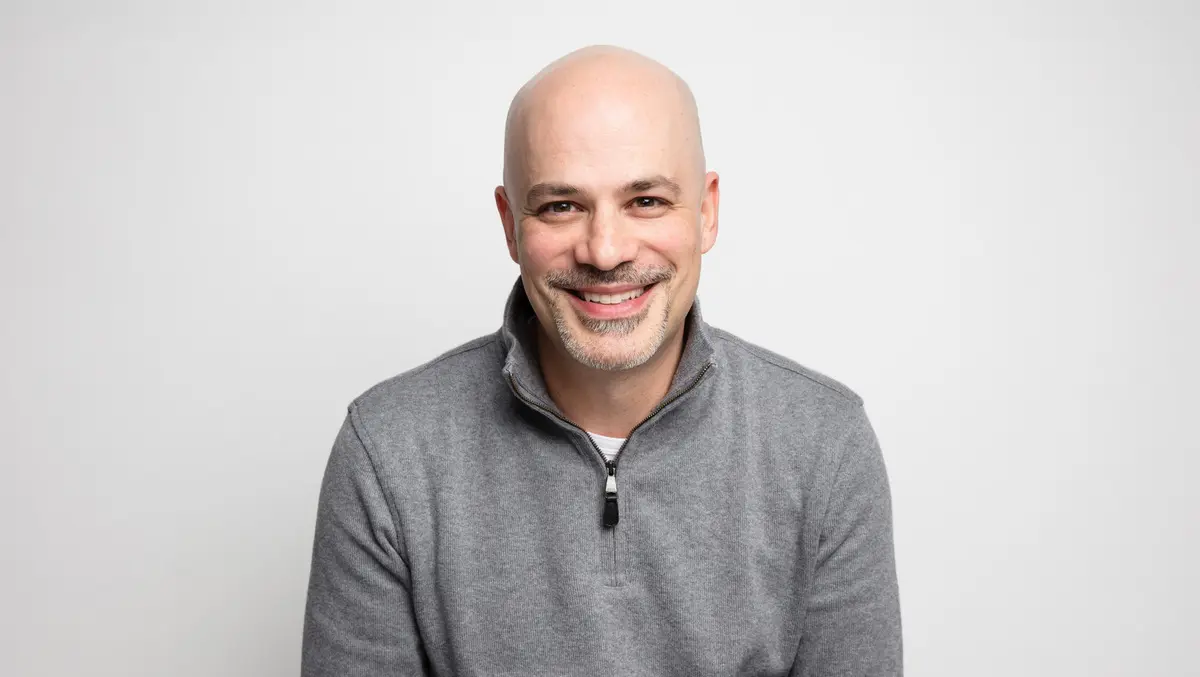
Exclusive: Adobe's Andy Parsons discusses efforts to combat disinformation
Adobe has taken a big step forward in its ongoing efforts to combat disinformation and establish content authenticity standards, by "ensuring content remains verifiable" according to Senior Director Andy Parsons.
These innovations, including durable content credentials and open-source watermarking technology, are part of Adobe's larger mission to give creators more control over their work and help consumers distinguish real from fake content in an age dominated by artificial intelligence.
"We've had content credentials in Lightroom and Photoshop, with more tools on the way, but now we've rolled out a very easy way for anyone to add content credentials to their photos, videos, and audio, even if they aren't an Adobe Creative Cloud subscriber," Parsons told TechDay.
Durable content credentials a new approach to digital provenance
One of the key innovations unveiled is Adobe's durable content credentials, which combine watermarking, fingerprinting, and cryptographic authentication to ensure the integrity of digital assets—even in cases where traditional metadata might be lost.
This technology addresses a critical question that Parsons said he hears frequently: "What happens if I just take a screenshot of a high-resolution photo and pretend that it's a photograph? Won't the metadata be destroyed?"
With durable credentials, Adobe has created a method for attaching secure provenance data that remains intact, even if the image is copied or altered.
Another stand-out aspect of the new tools is the introduction of signals that allow creators to opt out of having their content used to train generative AI models. This new layer of protection is essential in a digital landscape where AI-generated content is becoming increasingly prevalent and sophisticated.
Open source watermarking and collaboration with industry giants
Adobe's commitment to making its tools accessible to a wider audience is also evident in its open-source approach.
Parsons explained that Adobe could have patented some of the watermarking technologies it developed, but chose not to in order to encourage wider adoption.
"The watermark technology that we are using is open source. It's called Trust Mark," he said, emphasising that the technology is designed to be implemented without the need for expensive licensing fees.
This strategy is part of a broader push to make content credentials an industry standard. Adobe is not working in isolation; it's collaborating with major tech companies and industry stakeholders to develop a standard recognised by the International Organisation for Standardisation (ISO).
Challenges in adoption and the role of regulation
Despite these developments, Parsons acknowledged that the widespread adoption of content credentials is still a work in progress, particularly on popular platforms and smartphones. While 90% of the camera market, represented by companies like Sony, Canon, and Nikon, is onboard, there remains one notable absence in the smartphone sector.
"I think there's one member of that industry notably absent," Parsons said, referring to the smartphone space, where only Google with its Pixel phone has made significant strides in this area.
However, he remained hopeful, pointing out that hardware cycles for smartphones and cameras take time, and the integration of content credentials at the hardware level could still be a year or more away.
Adobe is also working with industry leaders like ARM to ensure that microprocessors are developed to support these tools securely at a low level.
While Parsons expressed optimism about the eventual adoption of these technologies across all devices, he admitted that although "we're on the verge of seeing this broadly adopted," it's not quite there yet.
Government legislation could play a significant role in speeding up this process. While Adobe does not believe legislation is strictly necessary, Parsons acknowledged that regulations in the European Union and potential future laws in the US and UK could catalyse the adoption of content credentials.
"Legislation can help get us to a better place, especially in terms of transparency and provenance."
Addressing disinformation and deepfakes
Beyond protecting creators, Adobe's content credentials are aimed at tackling disinformation, particularly in an era of deepfakes and AI-generated content that blurs the line between reality and fabrication.
Parsons explained that Adobe's approach isn't to catch bad actors but rather to empower good ones by allowing them to prove the authenticity of their work.
"Our focus is to empower good actors to say, 'This is authentic, and I am motivated to prove that it's authentic,'" he said. While the system isn't designed to label every piece of AI-generated content with a "scarlet letter," it does provide transparency about how and where AI was used.
The technology behind content credentials can even be applied retrospectively, allowing older content to be analysed and assigned provenance data. "We do get a lot of inquiries about that use case, and it's perfectly supported," Parsons noted.
The road ahead
As Adobe celebrates the five-year anniversary of the CAI, Parsons reflected on both the achievements and challenges of the initiative. While the technology has advanced rapidly, and the industry interest has exceeded expectations, he admitted that adoption by platforms and smartphones still has a way to go.
"I think we're on the verge of seeing this broadly adopted and available to people without browser extensions and on their smartphones," Parsons added.
Ultimately, Parsons sees the initiative as part of a broader movement to provide transparency and accountability in a digital world flooded with content.
"We need an ecosystem that believes, as we do, that this is important, and that creators should have agency in how their content is used."


